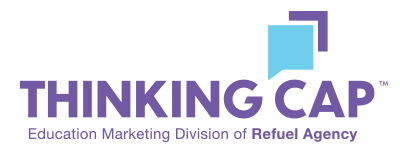Part of a successful enrollment marketing strategy is being able to see the big picture in order to identify overall trends in your enrollment numbers. In order to acquire this big picture to find your future students, you need to understand who your current students are. Student personas play a huge role in the marketing process by doing exactly that — simplifying the types of students that keep your numbers strong, so you can target more of them.
Ready to learn about what a student marketing persona is, how to create one, and why they’re an important asset to your team? Keep reading.

What are student personas?
A student persona is a representation of an ideal student that you want to enroll, based on the combination of real data about your existing students and market research. Based on your focus, your school may have many different student personas, each with their own motivations, pain points, and preferred communication strategies. You can group student segments by program of interest, geographic location, or point in their career.
Once these student personas are created, they can be used to develop segmented messaging for your advertisements, email campaigns, social media strategies, and much more. Personas help you get into the headspace of your future student segments so you can inspire them to enroll.
A student persona will often include:
- A fictionalized name
- A short biography or summary of the persona
- Demographic information
- Summary of goals, motivations, and challenges
- What sources influence and inform them
- Any relevant quotes from interviews
Read next: The Anatomy of A Great Higher Education Landing Page
How to create each data-driven student persona
- Analyze your current student database
To begin with, start simple with information that your admissions staff and marketing team can confirm is accurate and authentic to each persona. Use your database to start grouping your student population in broad categories. You can group students by the point in their career, their age, their geographic location, their program of interest, or any criteria that proves helpful to your specific marketing goals.
- Connect with students to fill in the gaps
Once you have general categories that students fall into, you can start to fill in the gaps by reaching out to your students. Gather additional, more personalized information to better understand their mindsets, motivations, and goals. Connecting with students directly allows you to avoid basing your personas on assumptions, thereby defeating the purpose of the personas.
A few ways to gather more information are through forms on your website, surveys, interviews, focus groups, and social channels.
- Gather market research relevant to your student population
Finally, use market research to finish out your analysis and include data that you may have missed from your own database of students. Using market research allows you to expand your sample size and make sure that your personas are as accurate to your future students as possible before launching your campaigns.
Read next: 5 SEO For Higher Education Tips to Boost Your Traffic
Adult learner and college student persona examples
Henry the Healthcare Student
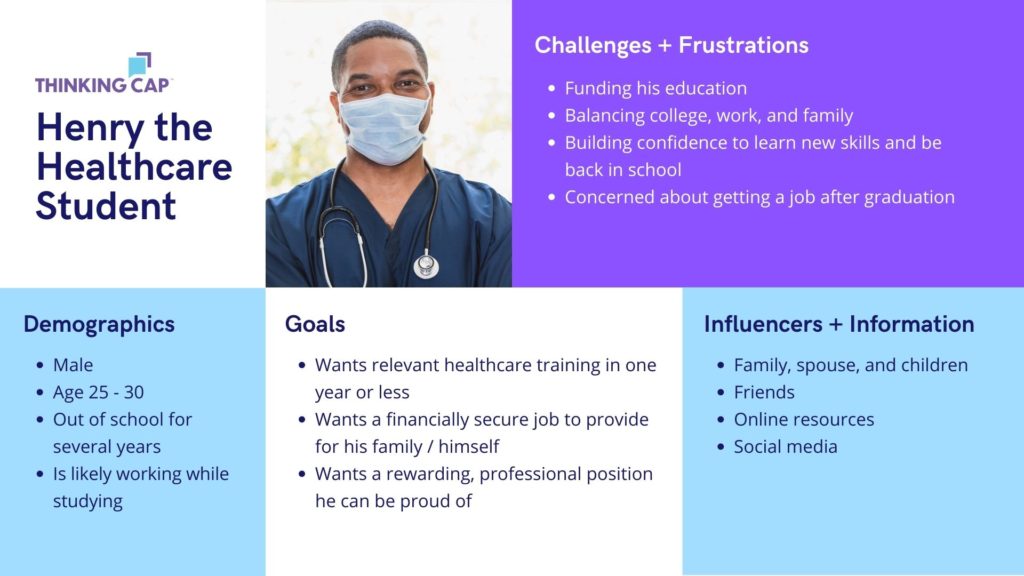
Henry the Healthcare Student is in his mid-twenties to early thirties, and has likely been out of school for a few years. He’s looking for relevant healthcare training that takes a year or less to complete, because he wants to be financially secure. He’s concerned about funding his education, as well as getting a job after he graduates from his program.
Tracy the Transfer Student
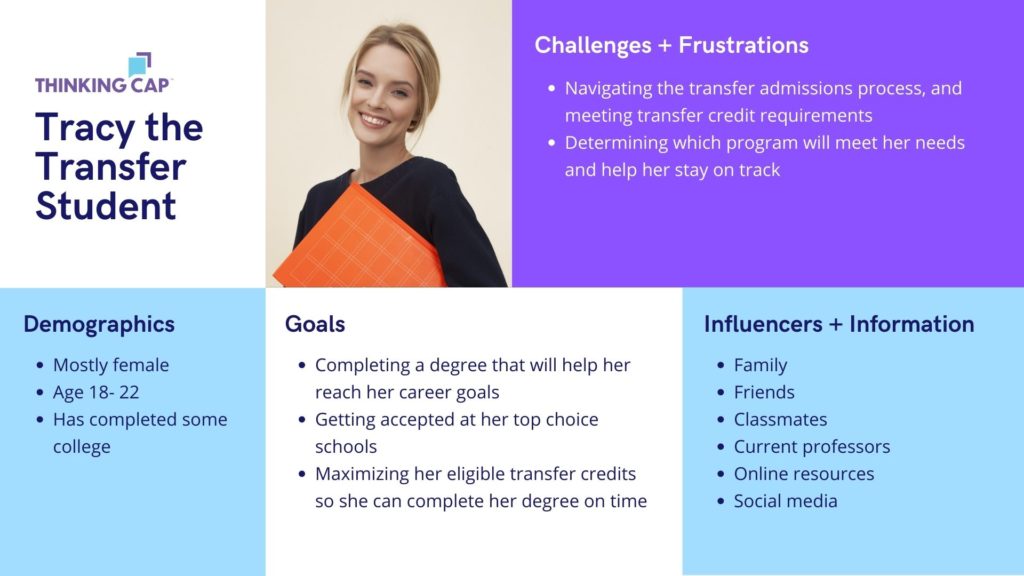
Tracy the Transfer Student is between the age of 18 and 22 years old, and has completed some of her college degree. She’s looking to obtain a degree that will help her achieve her career goals, and she’s navigating meeting transfer credit requirements and finding the next right school for her.
Gabe the Graduate Student
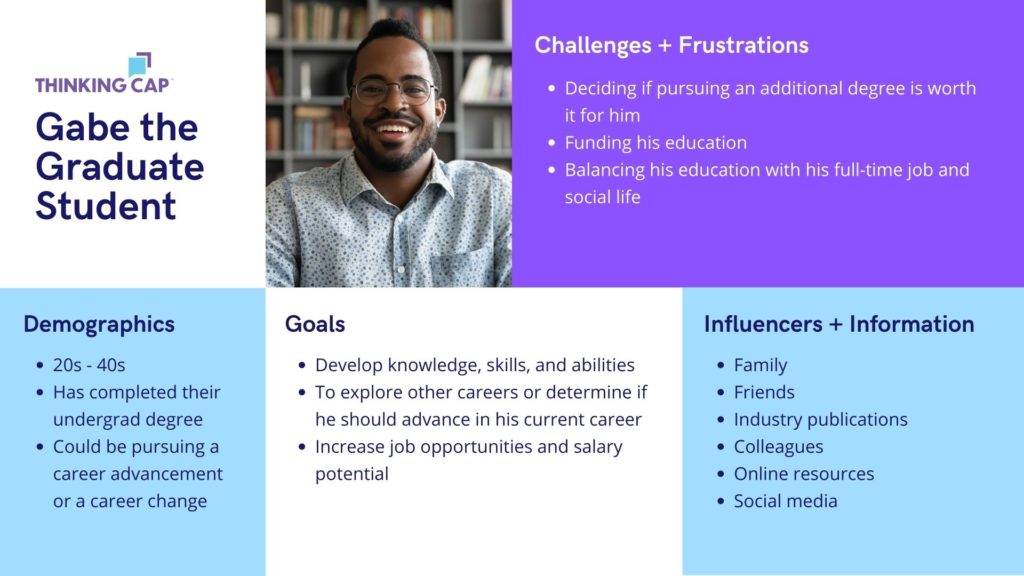
Gabe the graduate student is between the ages of 20 and 40, and is looking to develop the skills to either advance his career, or to shift careers entirely. He wants to increase his job opportunities and salary potential, but he is concerned about funding his education and balancing his education with his full-time job.
Read next: 5 Things Your Prospective Students Won’t Tell You
How to put your student personas to use
Once your student personas are complete, your team can utilize them to create targeted, effective marketing campaigns that address the specific goals, challenges, and interests of your prospective students. Your personas can be put to use writing email campaigns, optimizing your higher education landing pages, creating social media campaigns, and conducting outreach to your prospective students.
You can also use your student personas to create helpful tools to help your prospective students tackle whatever challenges they may face. For example, if you know a particular student persona often struggles to decide between programs, you can create a tool that helps them weigh the programs and come to a more informed decision. Or, if you know that a persona is worried about affording their education, you can create financial aid tools and put together relevant resources.
At Thinking Cap, we can use our extensive Student Data Center to help you craft data-driven, informative student personas to guide your enrollment marketing strategy. Ready to increase your enrollment yield? Contact us today.
